近日,由宁波诺丁汉大学运营管理学教授陈庆佳团队申报的发明专利“一种3D打印模型的数字水印方法”获得国家知识产权局授权。
近年来3D打印技术快速发展,用户购买的可能不再是实物产品或零件,而是由点、线、面等构成的3D数字模型。由此带来了一系列侵权和产权追踪方面的问题。
“我们这项专利的贡献就在于它既能保护3D数字模型,又能对打印后的实物模型进行防伪鉴别,从而实现知识产权的保护。”陈庆佳教授说。
目前,3D打印模型的防伪主要通过在三角形网格数据中嵌入数字水印来实现,但存在诸多不足:如模型数字文件并非都是三角形网格格式的,被嵌入的数字水印也可能在打印制造的过程中丢失。
陈庆佳团队的发明专利运用算法,通过空间相似距离的取值与距离偏差判断,将3D空间矩阵相似性问题转化为2D图片匹配问题,检测结果的准确性高。并且,数字水印肉眼几乎不可见,不会对外观造成影响,水印也不易在打印后丢失,弥补了现有3D打印模型防伪的诸多不足。
“3D打印在应用层面遭遇的问题往往不在于技术,而在于创新管理和知识产权保护。其实用户不是介意交费,而是不知道把版权费交给谁。现在运用这个专利,能精准地定位同源数字文件,进而追踪并连接相应平台,从而使得每一个打印出的物件受产权保护。”
谈及接下来对于专利的应用,陈庆佳表示,希望能与相关公司和机构合作,通过协议或者咨询项目来规定专利的使用权。“这不是普通的论文和想法,而是实际上能做出来并加以应用的产品。”他说,“我相信这一发明专利有很大的应用前景,能在推动3D打印技术的发展过程中起到重要作用。”
历时三年申请、经过严格审查,这份沉甸甸的成绩来之不易。凭借与英国诺丁汉大学、英国埃克塞特大学、杜伦大学和苏塞克斯大学法学院的合作,以及英国人文与艺术研究理事会机构近一百万人民币的资金支持,陈庆佳和原理工学院的朱辉龙博士及其博士生牛杰博士,发挥各自优势做出大量算法和数学类研究,建立科学模型并完善了相关概念,同时结合加工艺术、经营管理、供应链等领域,将专利的效用发挥至最大化,为其衍生应用打下基础。
值得一提的是,研究团队还据此发表了多篇论文,并出版了书籍——《知识产权及新兴技术:中国的3D打印》。
UNNC scholar earns national invention patent
Hing Kai Chan, Professor of Operations Management at the University of Nottingham Ningbo China (UNNC), and his team recently gained authorisation from the National Intellectual Property Office for the patent "Digital watermarking method for 3D printing models". The new patent tracks and protects intellectual property in 3D printing.
"The toughest problem in 3D printing is not technology, but the protection of intellectual property,” Professor Chan introduces. At present, the anti-counterfeiting of 3D printing model is mainly achieved by embedding digital watermark into triangular mesh data, but not all the model files are in triangular mesh format, and the embedded digital watermark may be lost in the process of printing and manufacturing.
The model invented by Professor Chan’s team uses the algorithm to transform the 3D spatial matrix similarity problem into 2D image matching problem with high accuracy in the detection result. Moreover, the digital watermark is almost invisible to the naked eye, which will not affect the appearance, but is unlikely to be lost.
“Our patent allows the use of watermarks to trace item-level information to protect intellectual property rights, including information such as the platform used and the individual in charge," Professor Chan explained.
When discussing the next stages of applying for the patent, Professor Chan is looking for relevant companies and institutions that can cooperate with UNNC to discuss the right to use the patent through licensing agreements or consulting projects.
"Getting a patent is the first step. I believe this patent has great potential and will play an important role in stimulating the development of 3D technology," he said.
The registration of the patent took a total of three years and rigorous examination. This achievement came from the close collaboration between Professor Chan, Dr Hui Leng Choo (a former lecturer of the Faculty of Science and Engineering) and his doctoral student Jie Niu.
The team had close cooperation with the Law Schools of the University of Exeter, Durham University and the University of Sussex in the UK, and received funding support of nearly RMB 1 million from the Arts and Humanities Research Council (UK). They have also published papers in an international journal and the book Intellectual Property Rights and Emerging Technology: 3D Printing in China.
文字来源 | Lily Su,Elena Yang
图片来源 | 陈庆佳
Copyright
转载或进一步了解
宁波诺丁汉大学品牌与传媒办公室

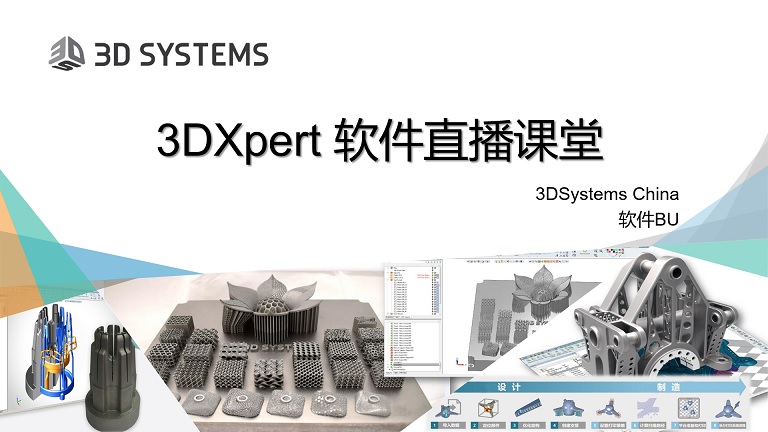


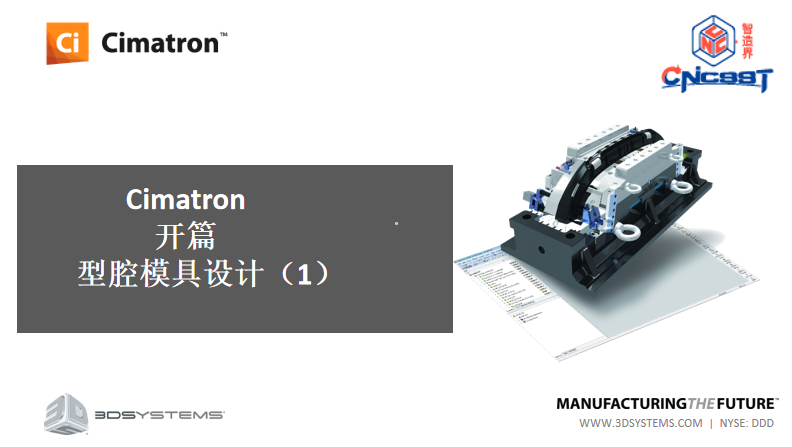
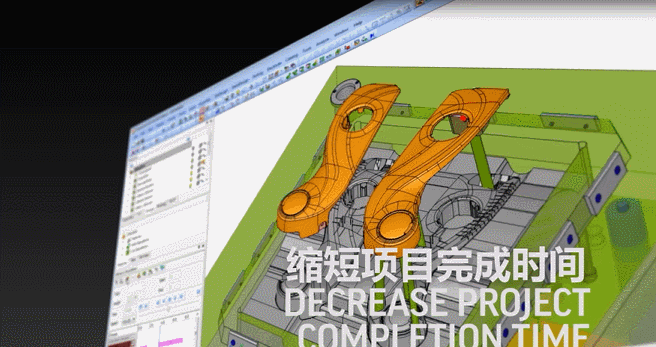
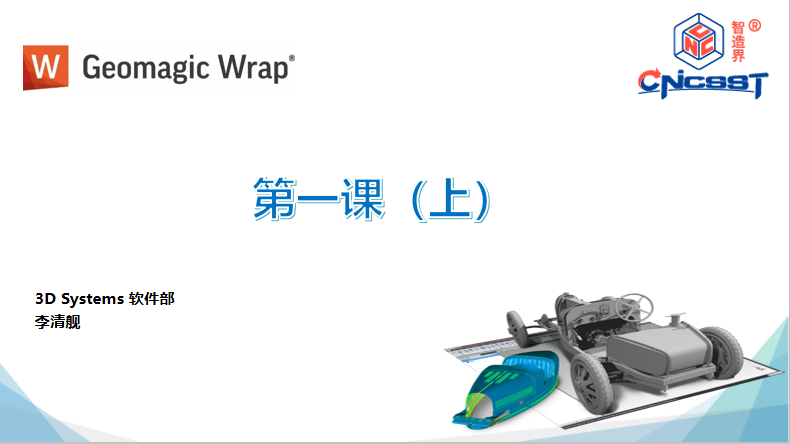


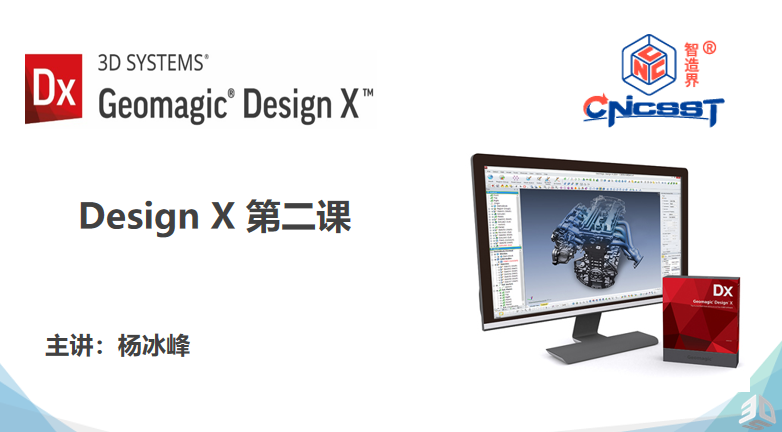
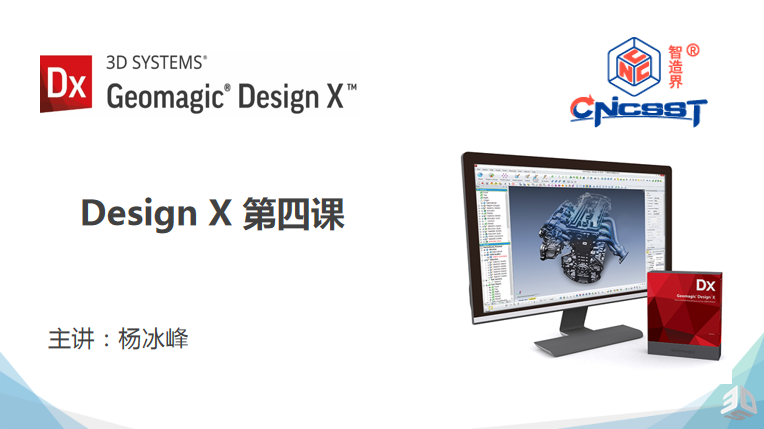


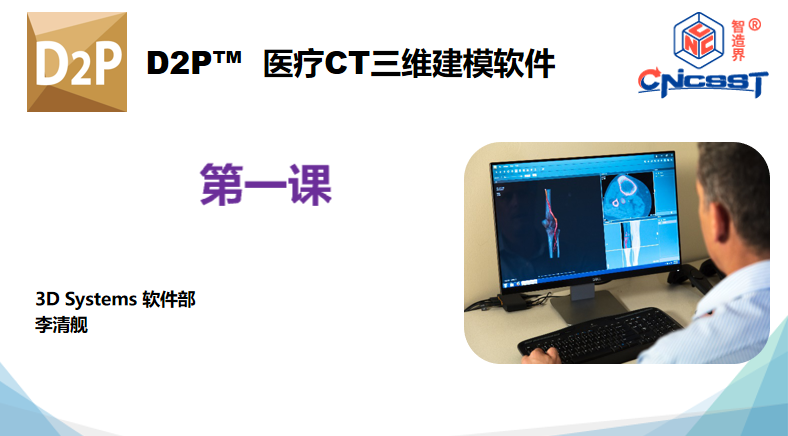

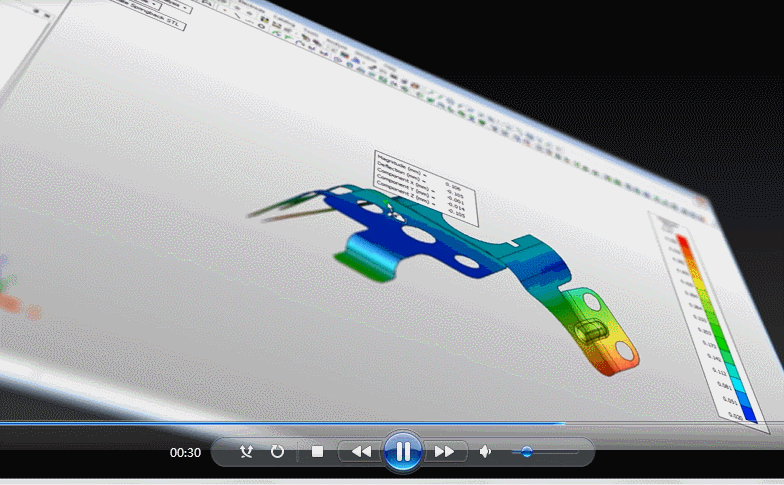









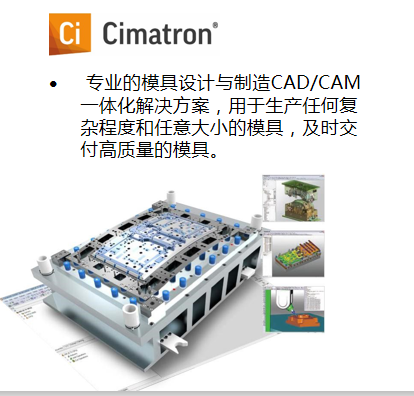





请登录之后再进行评论